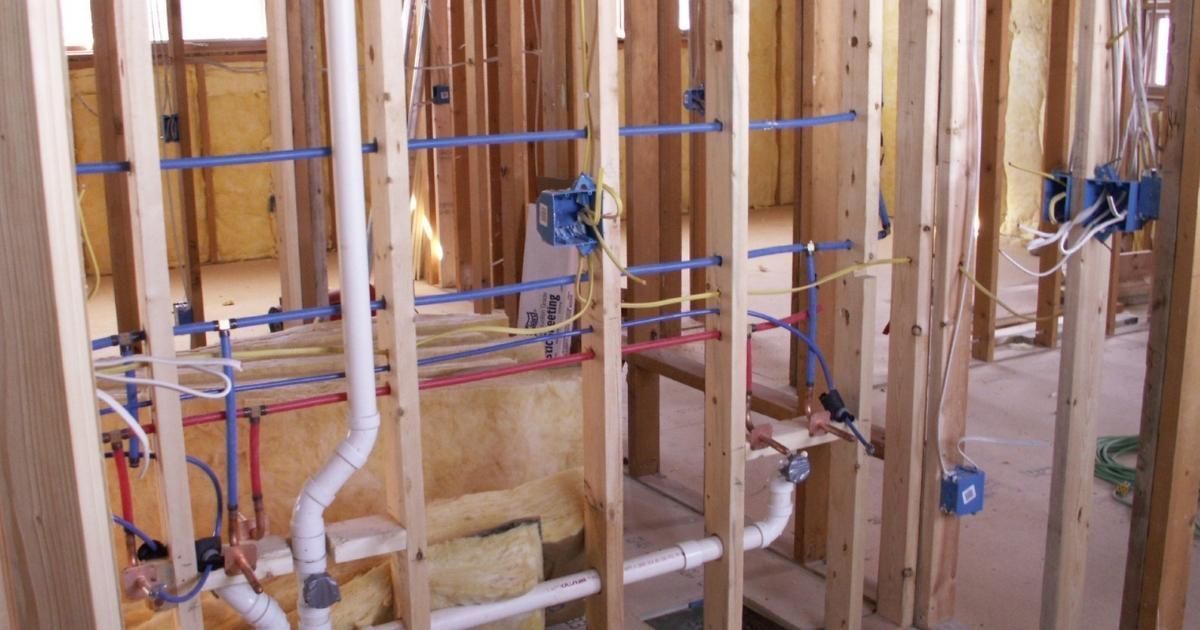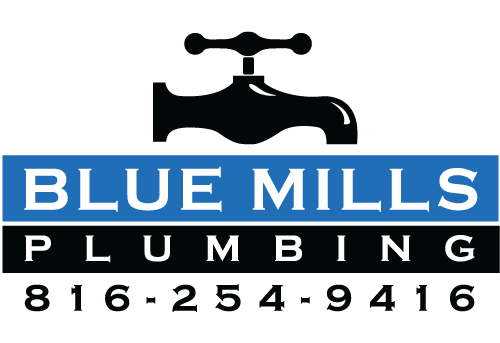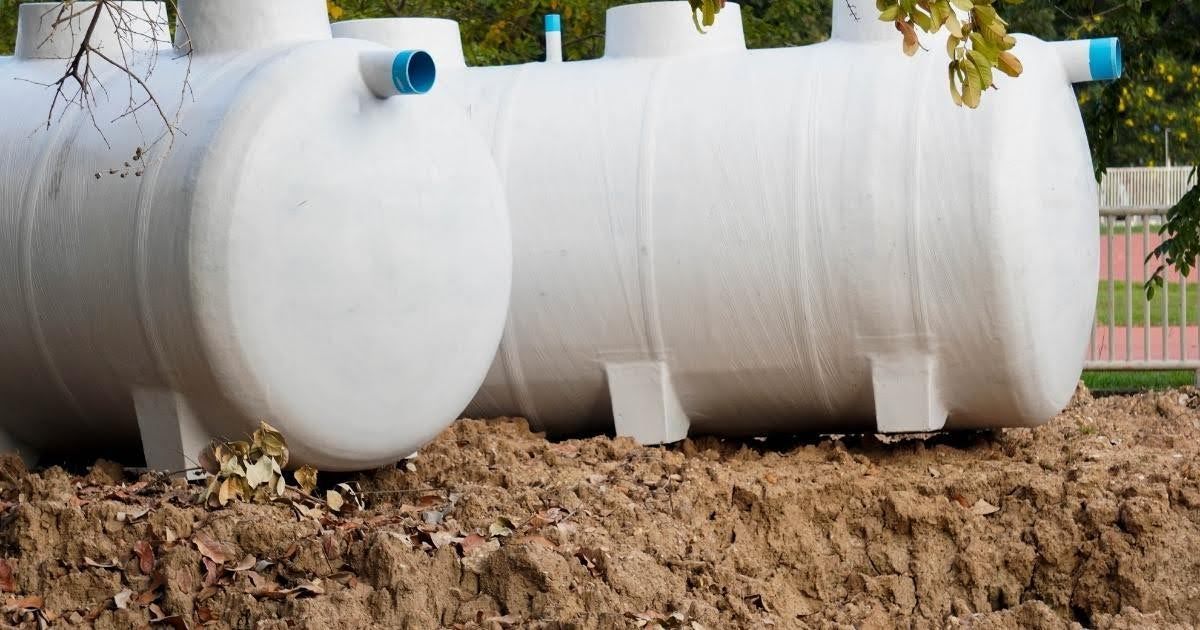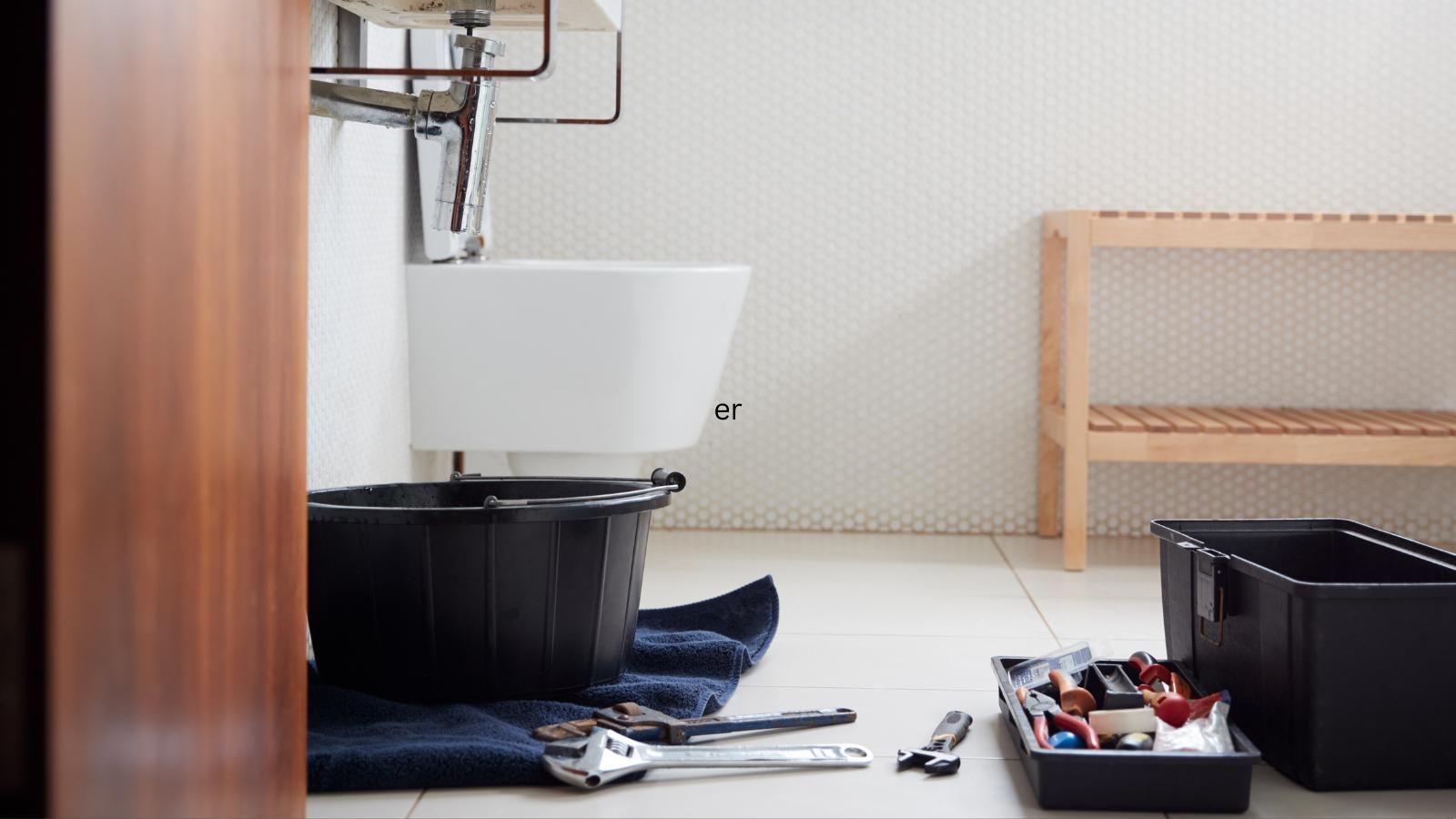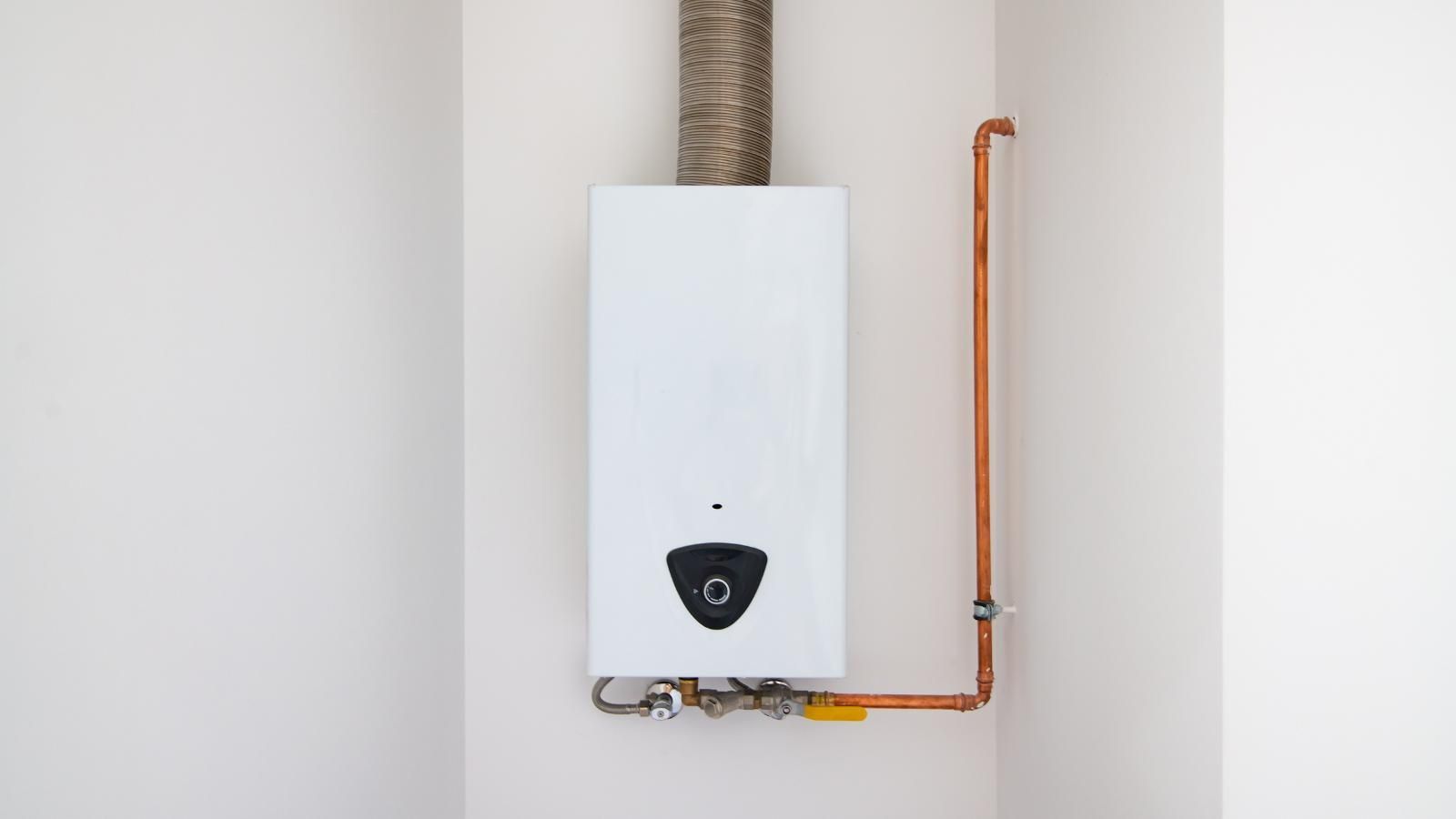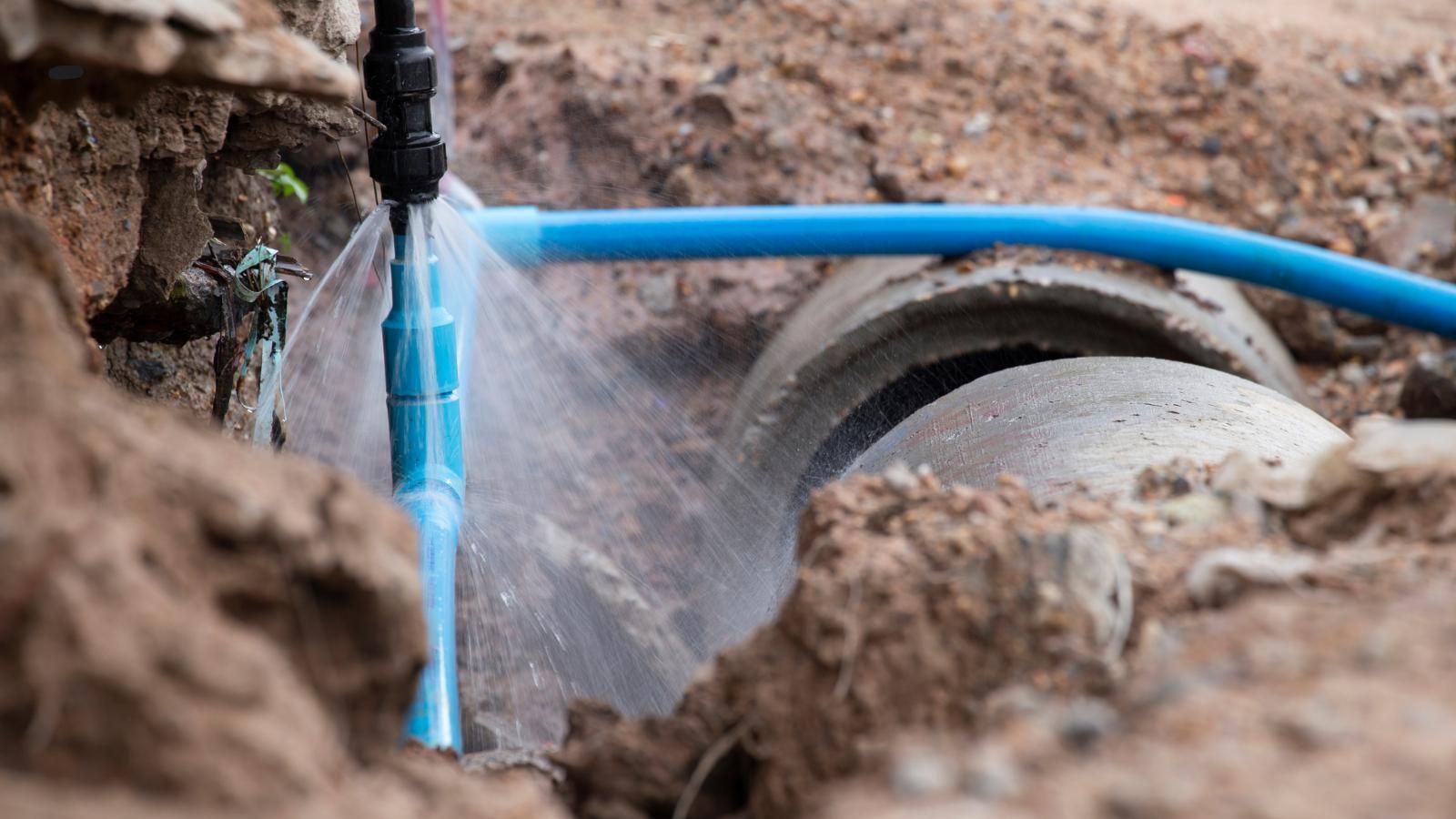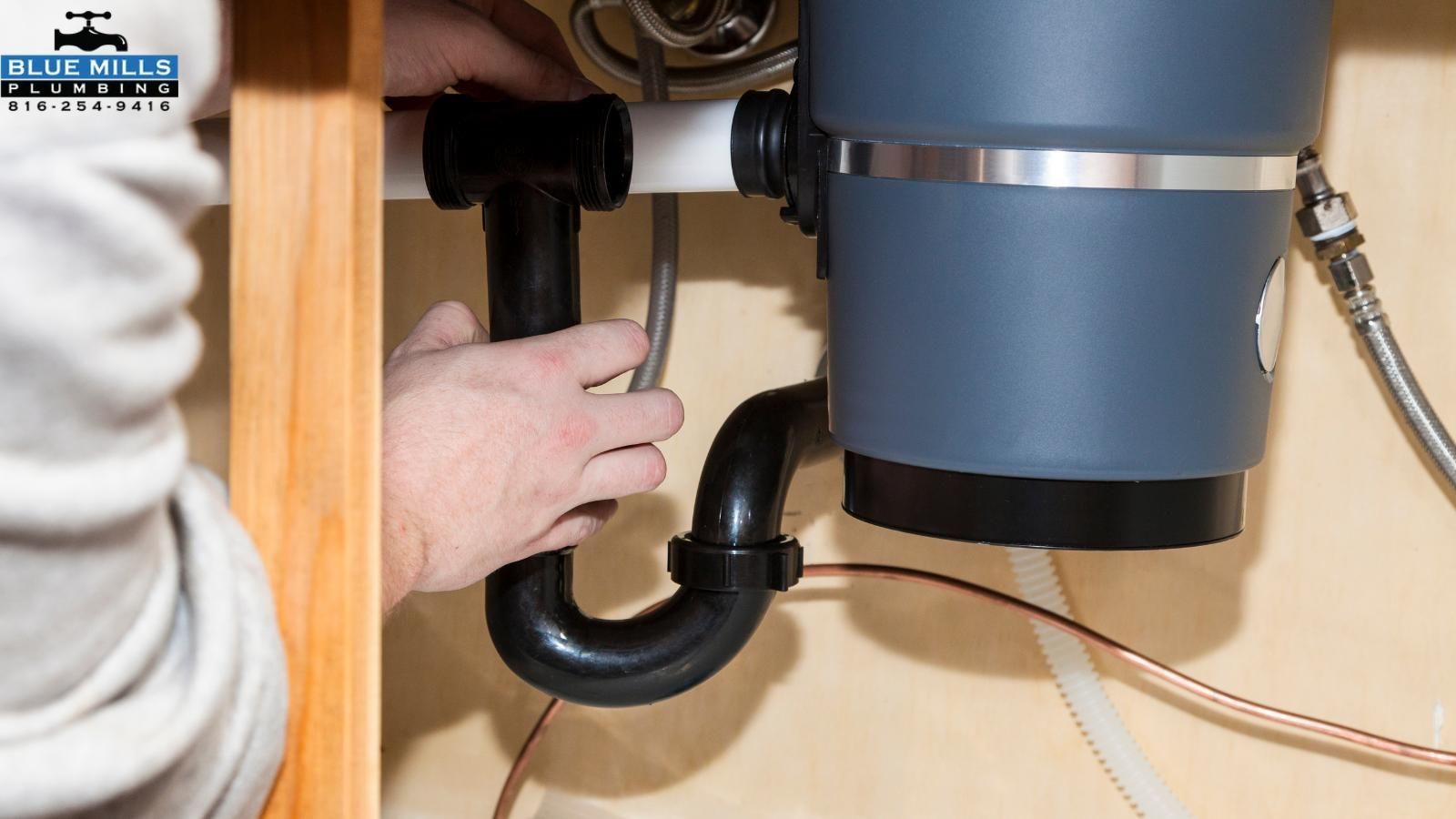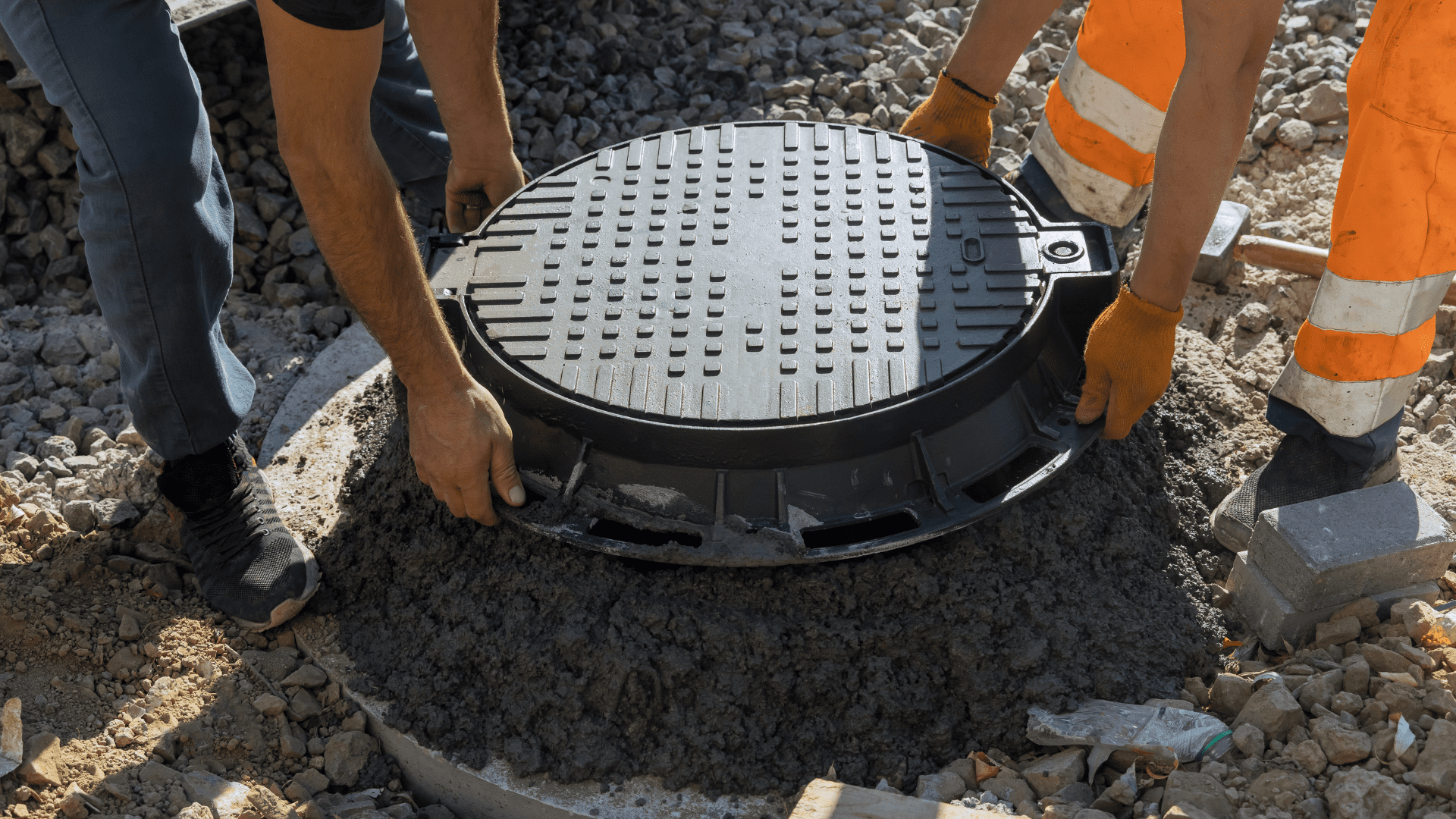Top Kitchen Plumbing Tips for A Seamless Renovation
Kitchen plumbing is the essence of a well-functioning renovation. Before you dig in, consider your plumbing plan to make your beautiful new kitchen a dream to work in. According to Houzz, almost one in three homeowners regret not budgeting more time or money for their plumbing during a kitchen remodel. With smart planning and preparation, DIY kitchen plumbing is achievable – and maybe fun (sort of). Let’s cover some step-by-step tips for kitchen plumbing with confidence, from DIY projects to when it’s time to call a professional plumber.
This guide covers:
Plan Plumbing Early to Avoid Costly Surprises
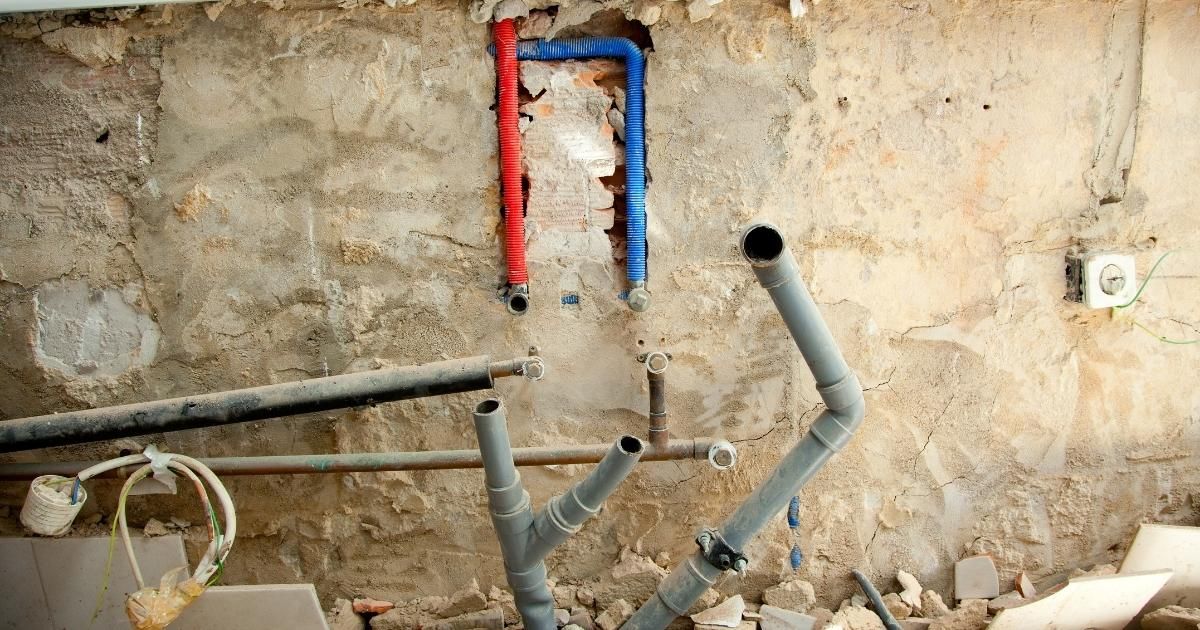
Comprehensively planning ahead before you start to prevent mistakes, budget-burning surprises, and to stay on track. Plumbing decisions will affect everything from the layout and timeline to the required inspections.
Map out where fixtures, such as the sink, dishwasher, and fridge, with their water lines, should go.
Inspect existing plumbing infrastructure before demolition work.
- Is the plumbing up to code?
- Are there signs of corrosion?
- Are the materials outdated?
When relocating plumbing or adding new lines, you’ll likely need to pull permits. An inspection may be required, so consider this with your kitchen remodel timeline.
Assess, Plan, and Lay Out Plumbing Strategically
Planning your kitchen remodel process starts with an assessment of the plumbing behind the walls.
Inspect existing plumbing lines for wear, leaks, or outdated materials like galvanized steel. Determine if the shutoff valves are accessible and functional. If they need to be replaced, now’s the time to swap them out.
- How will your water supply and drainage system connect to the sink, dishwasher, fridge, or pot-filler? Coordination of these routes with cabinet locations and appliances will prevent awkward rerouting and cutting cabinetry.
- Make a blueprint! Mapping out fixture rough-ins for kitchen remodeling plans ensures that supply and drain pipes are correctly stubbed out before being hidden behind walls.
- Double-check local building codes for plumbing clearances, materials, and permit needs. Your local county may have different requirements from others.
Choose and Prep Materials Before Starting Work
Discovering mid-project that your faucet fitting doesn’t match the water lines is the last thing you want. Planning is key to a renovation's success, it’s the unseen hero of the work done by professional plumbers and it’s the number one reason DIY projects get out of hand.
- Gather all the fixtures and materials needed before grabbing a wrench. You’ll need all the faucets, fittings, supply lines, traps, and pipe types (PEX, copper, PVC). Ensure the selected supplies are compatible in size and type for a seamless installation.
- Stock your DIY toolkit with the essential tools: adjustable wrench, plumber’s tape, tubing cutter, bucket, flashlight, level, and pipe dope. Add a crimp tool and rings if you plan to work with PEX.
- Pre-measure pipe lengths, check threads, and dry-fit connections before applying sealants or glues to prevent messy do-overs.
Seal Fixtures Properly and Run Final Checks Before Turning Water Back On
Now you’re ready for the final steps that must be carefully completed. A perfect install and thorough test ensure your kitchen plumbing holds up under pressure for the long haul.
- Seal completely and appropriately: Plumber’s putty is for sink baskets, and silicone caulk for faucet bases and drain flanges. Apply an even, continuous bead and remove excess for a clean finish.
- Tighten carefully: Wrenching too tightly can cause cracks. First, tighten fittings by hand, and then give them a quarter-turn with a wrench. Ensure washers and gaskets are seated properly before tightening.
- Run a pressure test: Cap all open ends, turn the supply on partway, and check for leaks at joints, valves, and connections. A few drops of food coloring in water will help reveal any spots with slow leaks.
- Gradually turn on: Turn on the main water valve slowly while checking pressure. Listen and watch closely, as sudden surges can loosen fittings.
- Final checks: Final checks: Individually test each fixture (sink sprayers, dishwashers, water lines)
Leave exposed joints visible for at least 24 hours before sealing the wall or sliding in cabinets. Catch any problems now, before they are concealed behind drywall.
What Should I Budget for Kitchen Plumbing During a Renovation?
Do-it-yourself kitchen remodeling will save money, but can still hit your wallet hard if you’re not careful. Understanding plumbing expenses will help you plan smarter.
These typical DIY plumbing prices will offer a framework for budgeting:
- Installing a Faucet: $4100-$300
- Replacing a sink: $200-$500
- Adding supply lines and traps: $50-$150 in parts – these jobs are DIY-friendly with the right tools and prep.
Expensive plumbing projects: If you are looking to make drastic changes to your plumbing such as relocating the drain line, replacing old galvanized or corroded pipes, or adding new shutoff valves are all more intensive and require a lot of materials and precision. Factor in the additional costs (And maybe get a quote from a professional plumber to compare.)
Purchasing tools: It’s easy to forget the cost of tools like a pipe cutter, crimping tool, or a wrench set.
Ways to save:
Purchase your materials ahead of time to avoid markups and last-minute trips.
Reduce trips to the hardware store to save time and money.
Know when to call a pro. Tackling the entire project yourself can backfire.
Good to know: Blue Mills Plumbing will offer affordable consultations to help homeowners avoid expensive snafus – even if you’re doing most of the work yourself.
Start Strong and Know When to Call for Backup
DIY kitchen plumbing requires patience and smart preparation. Planning early, gathering the right materials, and meticulous testing will bring success for replacing a faucet or rerouting supply lines. Close up the walls and set in the cabinetry only after a thorough test and a 24-hour waiting period is completed, to ensure all is well.
If you need help or professional advice, call Blue Mills Plumbing. We proudly support DIYers when a little extra reassurance is needed.
Need backup or a second opinion? Blue Mills Plumbing is here for your kitchen renovation in Independence, Raytown, Blue Springs, and Lee’s Summit, MO.
816-254-9416.
